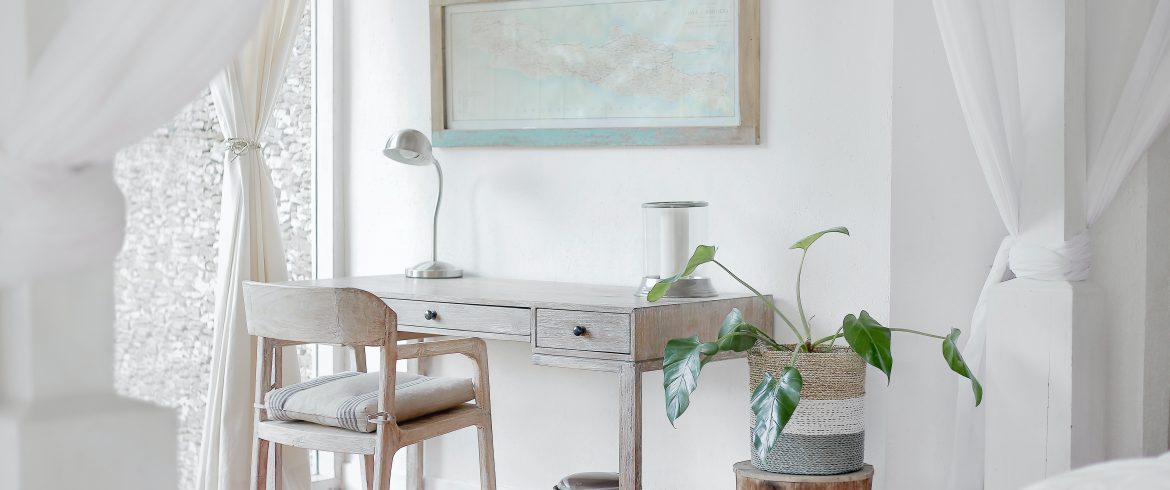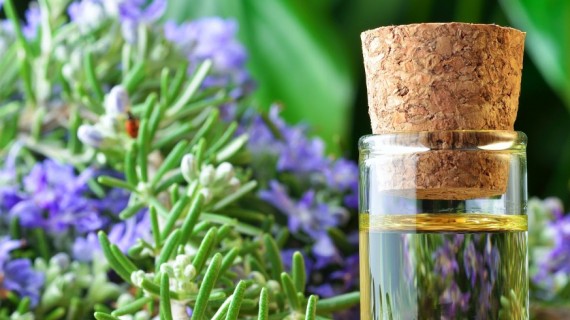Outdoor pollution can create dramatic visuals — blankets of thick, brown smog covering skyscrapers or a purple haze that obscures majestic mountain peaks — but indoor pollution may be even as dangerous for your family’s health.
Consider this: The Environmental Protection Agency reports that the typical American spends about 90% of his or her time indoors and levels of indoor air pollutants may be the maximum amount as 100 times greater than levels outdoors. That would make sitting on your sofa more hazardous for your health than taking a walk round the block in a number of our nation’s worst-polluted cities.
Fortunately, there are simple steps you’ll want to reduce the amount of pollution inside your home, so you’ll breathe easier.
1. Choose Green Cleaners
Many household cleaning products contain chemicals that remain within the air long after you’ve finished using them. Opt instead for natural cleaning products made of plants or minerals, or make your own cleaners using products like lemon juice, vinegar and bicarbonate.
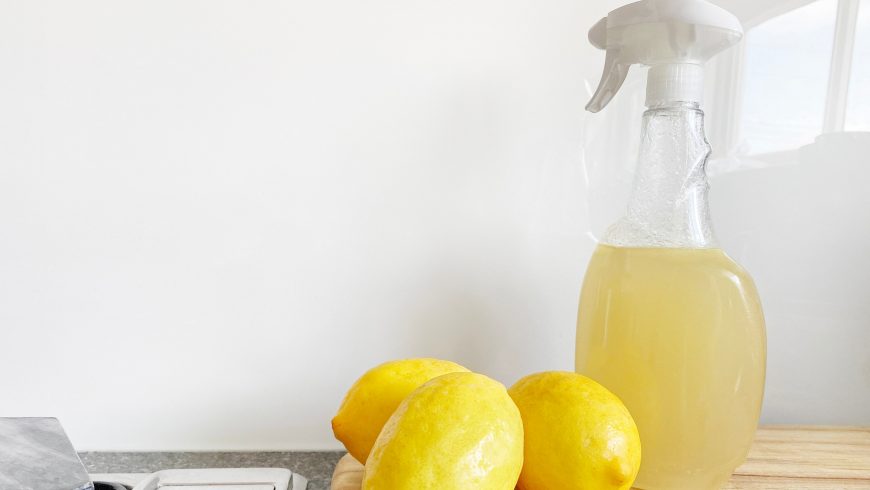
2. Kick Your Shoes Off
Make your home a shoe-free zone. Not only will you track in less dirt, which can help to stay your house cleaner, but you’ll also track in fewer pesticides and other chemicals, which can help keep your house healthier. This is often especially important in carpeted areas, which may contain traces of toxic chemicals for years.
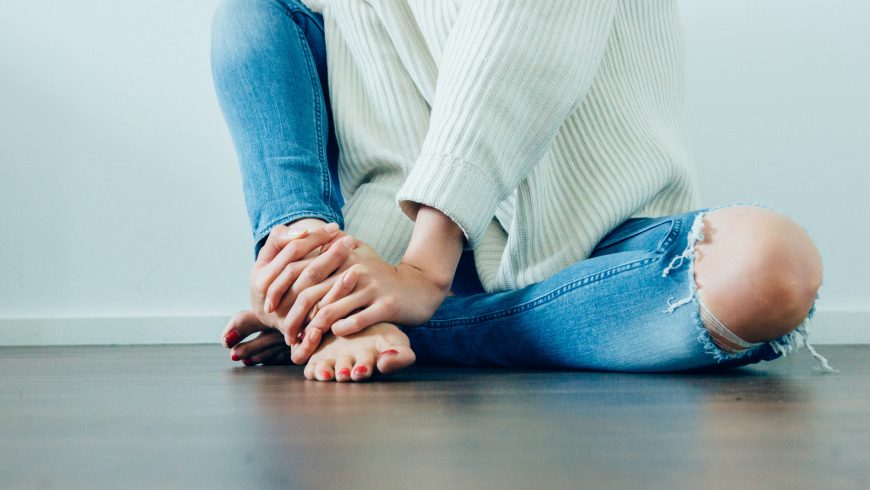
3. Use Houseplants
Common indoor plants can help to scale back levels of air pollutants like benzene and formaldehyde. Top air purifiers include the philodendron, spider flower, Epipremnum aureum, gerbera daisy, chrysanthemums, bamboo palm, peace lily, ficus, mother-in-law’s tongue, vine, and Chinese evergreen species.

4. Change or Clean Your Furnace and A/C Filters
Depending on usage, these filters should be changed every 1-3 months to stay your air clean and your system running efficiently. Mark it on your calendar.
5. Avoid Synthetic Air Fresheners
Artificial air fresheners may make your house smell nice, but they also release chemicals that you just may not want to inspire. Go for essential oils like lemon-grass or orange oil to freshen the air in your home instead. You’ll use them during a diffuser, put some drops during a jar with some bicarbonate, or add them to a sprig bottle full of water to form your own air freshening spray.
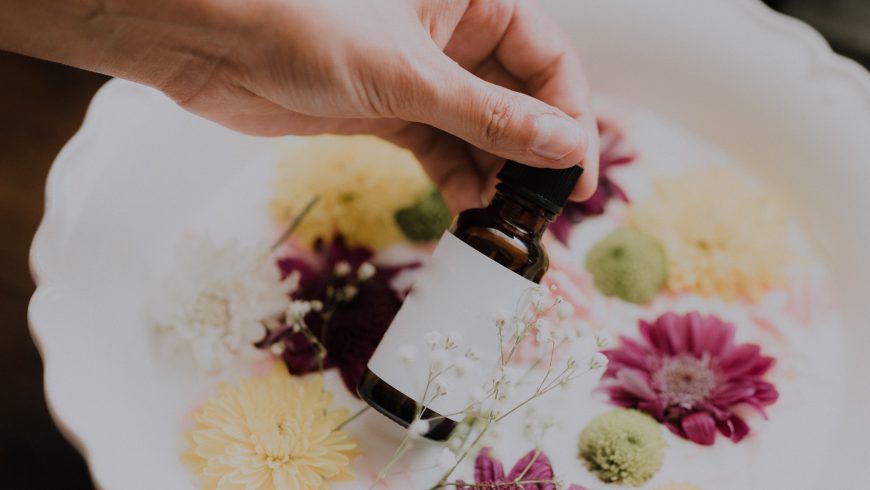
6. Remodel and Refurnish the Green Way
When you’re remodeling your house or purchasing new furnishings, go for materials that release fewer volatile organic compounds (VOCs). Meaning choosing low-VOC paints, sealants, glues and finishes. Explore for carpets that are certified by the Carpet and Rug Institute’s Indoor Air Quality testing program or, better yet, choose flooring made of natural materials like wool carpets or flooring made of hardwood, bamboo, cork, or eucalyptus. Purchase furniture made of real wood instead of wallboard and curtains made with natural materials like cotton, wool, or silk.
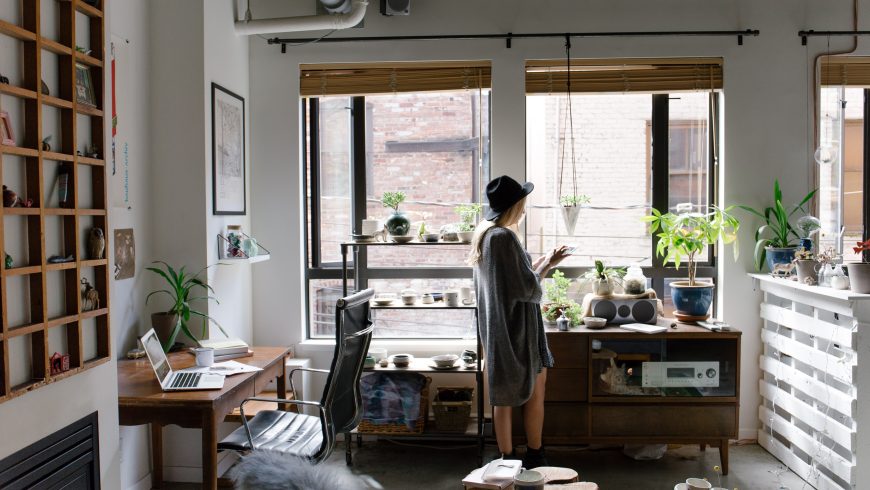
7. Open Your Windows
Since indoor pollution may be worse than the pollution outside, it is smart to let a bit of that outside air in. Cracking the windows on opposing sides of your house for as little as 5-10 minutes each day can help to circulate the air in your home and reduce the amount of poisons inside your home.
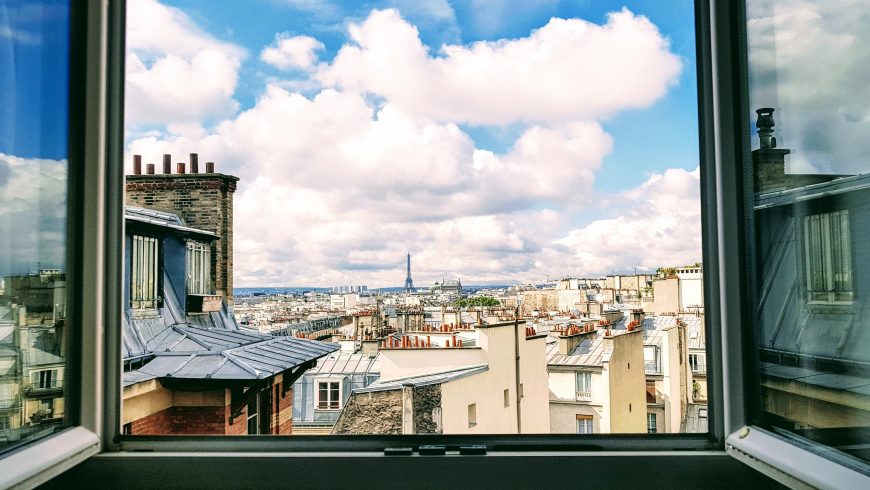
8. Clean Regularly
House dust is one in every of the leading ways children are exposed to toxic chemicals. you’ll reduce their exposure, and yours, by vacuuming, wet mopping and dusting with a humid cloth on a per weekly basis (or twice a week, if you’ve got a baby who’s crawling).
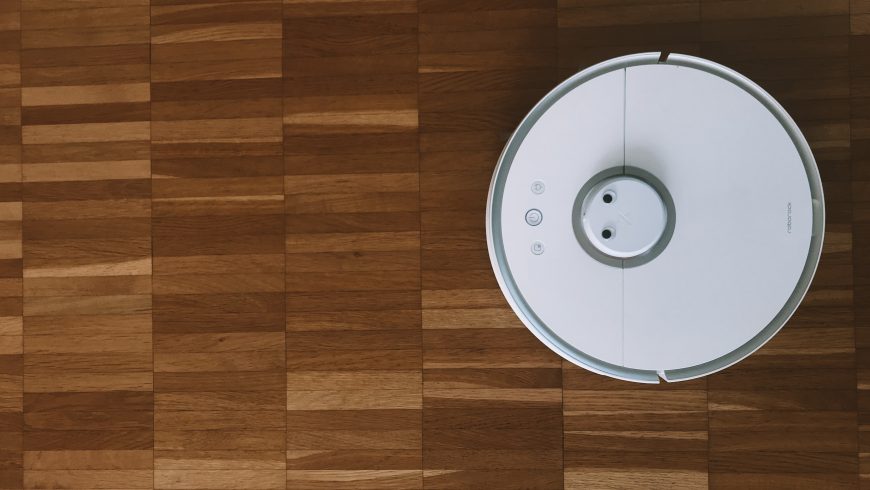
9. Consider Buying an Air Purifier
Some models use a HEPA filter designed to trap ultrafine particles, but these filters must get replaced or cleaned regularly. Others use electronic precipitators or ionizers, but they have an inclination to provide ozone, a lung irritant, as a byproduct and may soil nearby walls. Other models release ozone by choice as to how to scale back allergens, but Consumer Reports has warned that such models are unacceptable as air purifiers due to the health concerns related to ozone.
10. Keep Humidity Levels in Restraint
Damp buildings can contribute to increased levels of mold, bacteria, dust mites and chemical emissions within the air, in keeping with the Lawrence Berkeley National Laboratory. The Environmental Protection Agency recommends keeping indoor humidity between 30%-60% by venting moisture from bathrooms and garments dryers to the surface, using air conditioners and dehumidifiers, opening windows and doors, and using exhaust fans while using kitchen appliances like ovens and dishwashers.
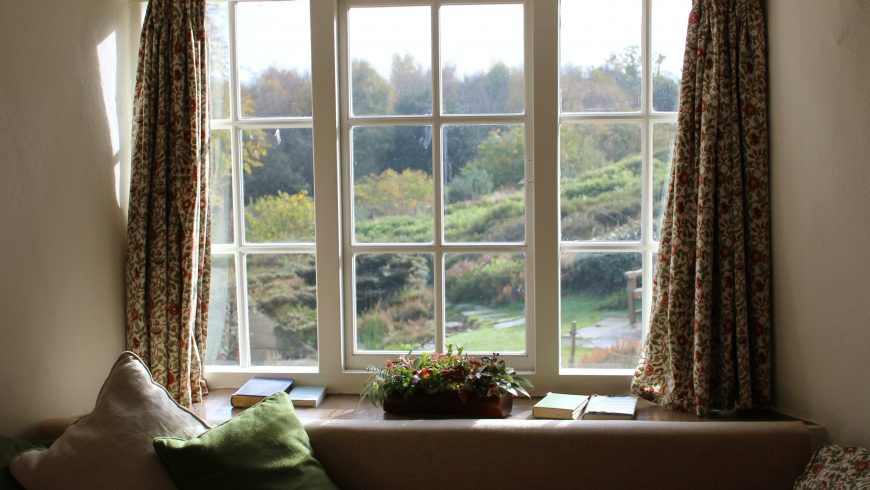
Cover image: Photo by Hutomo Abrianto on Unsplash

